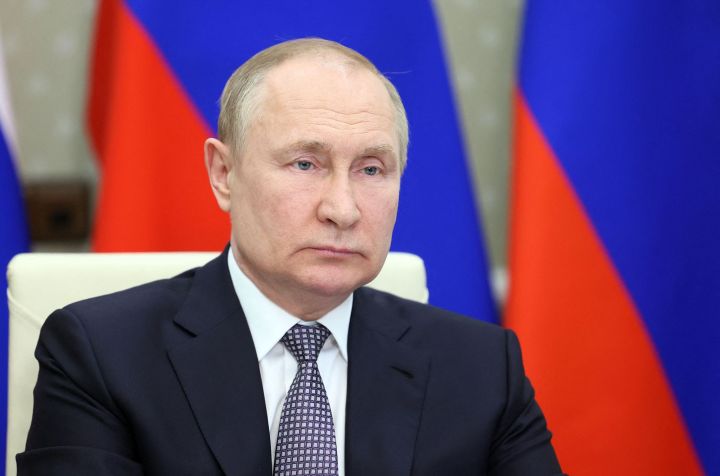Business Maverick
Putin’s War Sends Russian Economy Back to 2018 in Single Quarter

President Vladimir Putin’s invasion of Ukraine set Russia’s economy back four years in the first full quarter after the attack, putting it on track for one of the longest downturns on record even if less sharply than initially feared.
Considering the lost output, GDP is now roughly equivalent to its size in 2018, according to Bloomberg Economics.
What Bloomberg Economics Says:
“The economy will shed four years of growth, returning to its 2018 size in the second quarter. We expect the contraction to slow into the fourth quarter with looser monetary policy supporting demand. Still the economy will lose another 2% in 2023 as the European energy ban will depress export.”
–Alexander Isakov, Russia economist.
The jolt of international sanctions over the war disrupted trade and threw industries like car manufacturing into paralysis while consumer spending seized up. Although the economy’s decline so far isn’t as precipitous as first anticipated, the central bank projects the slump will worsen in the quarters ahead, reaching its lowest point in the first half of next year.
“The economy will move toward a new long-term equilibrium,” Bank of Russia Deputy Governor Alexey Zabotkin said at a briefing in Moscow. “As the economy undergoes a restructuring, its growth will resume.”

The Bank of Russia acted to contain the upheaval in markets and the ruble with capital controls and steep hikes to interest rates. Enough calm has returned to roll back many of those measures.
Fiscal stimulus and repeated rounds of monetary easing in recent months have also started to kick in, blunting the impact of international sanctions. Oil extraction has been recovering and spending by households showed signs of stabilization.
“The crisis is moving along a very smooth trajectory,” said Evgeny Suvorov, lead Russia economist at CentroCredit Bank.
On Friday, the central bank published a draft of its policy outlook for the next three years, predicting the economy will take until 2025 to return to its potential growth rate of 1.5%-2.5%. The bank’s projections for 2022-2024 remained unchanged, with GDP forecast to shrink 4%-6% and 1%-4% this year and next, respectively.
The report also included a so-called risk scenario where global economic conditions deteriorate further and Russian exports come under additional sanctions. If that happens, Russia’s economic slump next year may be deeper than during the global financial crisis in 2009 and growth would only resume in 2025.
RUSSIA INSIGHT: Why Sanctions Will Only Shrink GDP by 3.5%
The response by authorities so far has ensured a softer landing for an economy that analysts at one point expected would contract 10% in the second quarter. Economists from banks including JPMorgan Chase & Co. and Citigroup Inc. have since improved their outlooks and now see output dropping as little as 3.5% in the full year.
Even so, the Bank of Russia predicts GDP will shrink 7% this quarter and possibly even more in the final three months of the year.
The standoff over energy shipments to Europe raises new risks for the economy. Monthly declines in oil output will start as soon as in August, according to the International Energy Agency, which predicts Russia’s crude production will decline about 20% by the start of next year.
“The slump in 2022 will be less deep than expected in April,” the central bank said in a report on monetary policy this month. “At the same time, the impact of supply shocks may be more extended over time.”


















 Become an Insider
Become an Insider
Comments - Please login in order to comment.